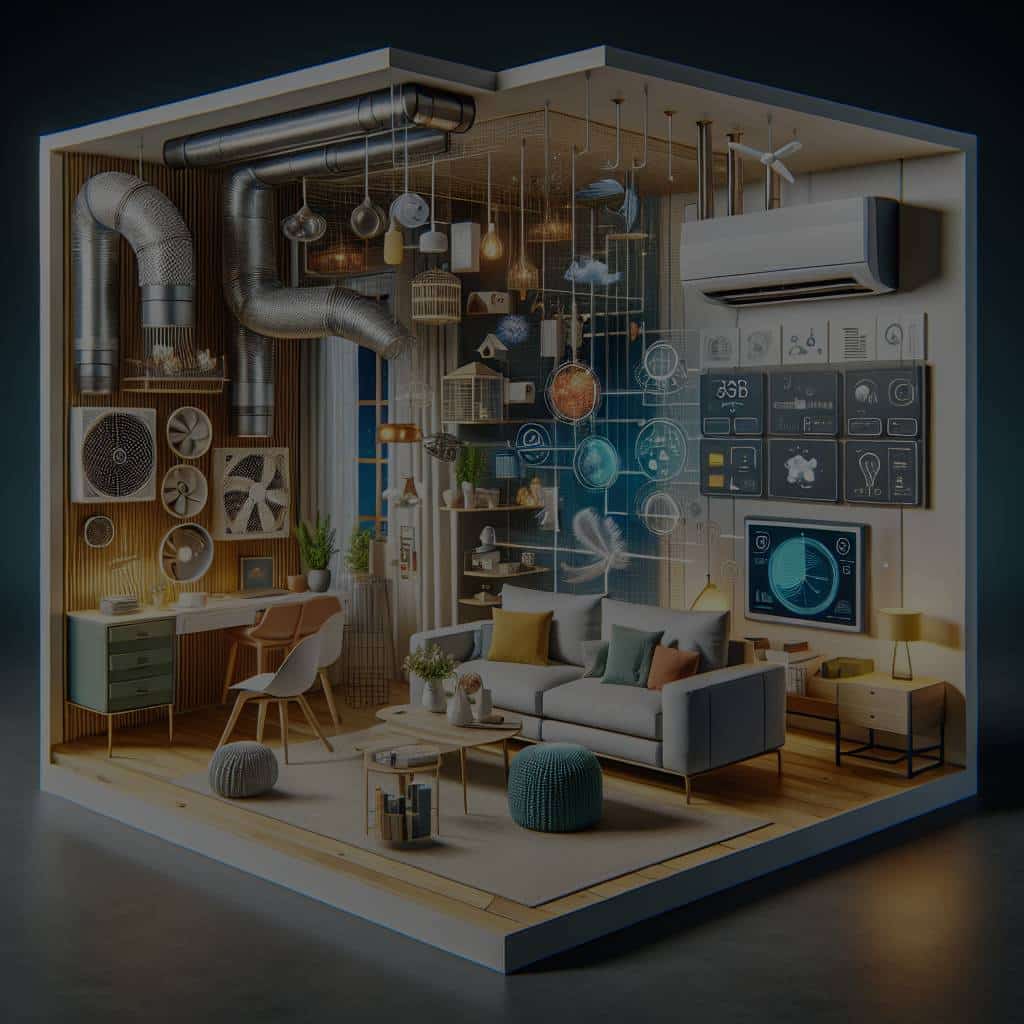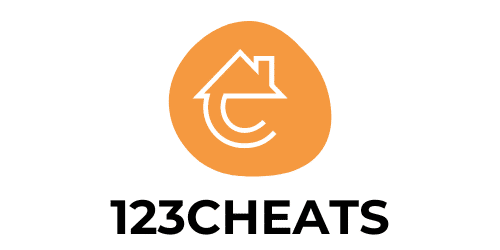How Can You Optimize Indoor Air Quality with Smart Ventilation Systems?

In today’s modern world, the focus on air quality and personal health has never been more important. Each day you encounter numerous invisible indoor pollutants that can affect your well-being. They lurk in your homes, offices, and commercial buildings, unseen but not unfelt. However, advancements in technology have made it possible to control and manage these pollutants, ensuring the air you breathe indoors is clean and healthy.
One such solution is by optimizing indoor air quality through smart ventilation systems. This article will delve into the critical aspects of smart ventilation systems, including their functionality, effectiveness, and the benefits you can glean from incorporating these systems into your home or office.
Dans le meme genre : What’s the Best Method to Integrate a Vertical Herb Garden in a Compact Apartment Kitchen?
Understanding Smart Ventilation Systems
As the name suggests, smart ventilation systems are automated and technology-driven solutions designed to regulate and control the quality of indoor air. They operate by monitoring indoor air conditions, analyzing the collected data, and adjusting ventilation based on specific requirements.
These systems use sensors to detect variations in temperature, humidity, and pollutant levels in the indoor environment. They use this data to adjust the ventilation rate, ensuring a continuous supply of fresh air and maintaining optimum indoor air quality.
Avez-vous vu cela : How to Design a Home Entryway for Efficient Space Utilization and Aesthetic Appeal?
Smart ventilation systems are more than just a luxury; they’re a necessity in today’s world where indoor pollutants are becoming increasingly common. These pollutants can cause various health problems, from allergies and respiratory issues to severe conditions like asthma and heart disease. By ensuring efficient ventilation, smart systems can significantly improve your health and wellbeing.
Enhancing Energy Efficiency with Smart Ventilation Systems
One of the most significant advantages of smart ventilation systems is their potential for enhancing energy efficiency. Traditional ventilation systems often run continuously, regardless of the actual need for ventilation. This can lead to unnecessary energy consumption and higher utility bills.
On the other hand, smart ventilation systems use sensors and controls to adjust the ventilation rate based on actual needs. These systems can detect when a room is unoccupied and reduce ventilation, saving significant amounts of energy. In addition, they can also respond to changes in outdoor weather conditions, adjusting the ventilation rate to maintain a comfortable indoor temperature.
Energy efficiency is not only beneficial for your wallet, but it’s also vital for the environment. By reducing your energy consumption, smart ventilation systems can help decrease your carbon footprint and contribute to a more sustainable future.
Ensuring Indoor Air Quality with Smart Ventilation Systems
Apart from energy efficiency, smart ventilation systems are also highly effective in maintaining and improving indoor air quality. They use advanced sensors to continuously monitor indoor air conditions, detecting any changes in temperature, humidity, and pollutant levels.
These systems can identify the presence of harmful pollutants like volatile organic compounds, radon, and particulates. With this data, smart ventilation systems can adjust their operation to remove these pollutants, maintaining the quality of indoor air.
In addition to monitoring and controlling pollutants, smart ventilation systems can also regulate temperature and humidity, ensuring a comfortable indoor environment. They can respond to changes in outdoor weather conditions, adjusting the ventilation rate to maintain a comfortable indoor temperature.
Incorporating Health Management with Smart Ventilation Systems
Another significant advantage of smart ventilation systems is their potential for health management. By maintaining optimum indoor air quality, these systems can significantly improve your health.
Exposure to indoor pollutants can lead to a range of health problems, from minor irritations like headaches and fatigue to serious conditions like asthma and heart disease. By efficiently controlling and removing these pollutants, smart ventilation systems can reduce your exposure to harmful substances and improve your overall health.
In addition to reducing exposure to pollutants, smart ventilation systems can also create a more comfortable indoor environment by regulating temperature and humidity. This can improve respiratory health and reduce the risk of conditions like dry skin and eye irritation.
Advantages of Smart Ventilation Systems in Building Management
Smart ventilation systems are not just beneficial for homes, but they can also significantly improve the indoor environment in commercial buildings, contributing to effective building management.
These systems can monitor and control the indoor environment, ensuring optimum air quality for the occupants. This can lead to better productivity, reduced sick leave, and increased job satisfaction.
In addition, smart ventilation systems can significantly reduce energy consumption in commercial buildings, leading to cost savings and contributing to sustainability goals.
Overall, smart ventilation systems offer a comprehensive solution for indoor air quality management, energy efficiency, and health management. They can significantly improve your indoor environment, ensuring a comfortable and healthy space for you and your family or coworkers.
Smart Ventilation Systems: A Step Towards Sustainable Living
In the quest to make our homes and offices more energy-efficient, smart ventilation systems are playing an integral role. These systems not only ensure healthy indoor air but also contribute to energy savings and a sustainable living environment.
Smart ventilation systems are designed to provide needed ventilation in real time, based on the actual occupancy and conditions of the building. They use advanced sensors and controls to monitor indoor air quality and adjust ventilation rates accordingly. This targeted approach to ventilation ensures fresh outdoor air is supplied when and where it’s needed, reducing unnecessary energy consumption.
Unlike traditional air conditioning systems that can be energy-intensive, smart ventilation solutions are designed for energy efficiency. They can detect when a room is unoccupied and automatically reduce ventilation, resulting in significant energy savings.
Additionally, these systems can also respond to changes in outdoor weather conditions, adjusting the ventilation rate to maintain a comfortable indoor temperature. This feature not only ensures a comfortable living environment but also contributes to further energy savings.
In essence, the ability of smart ventilation systems to provide proper ventilation based on real-time needs makes them a key component in creating energy-efficient homes and offices. Their role in reducing energy consumption not only leads to cost savings but also helps in reducing the overall carbon footprint, promoting a more sustainable future.
Conclusion: Embrace the Future with Smart Ventilation Systems
As we evolve in our understanding of the importance of indoor air quality, it becomes evident that smart ventilation systems are no longer a luxury but a necessity. By ensuring optimum ventilation in real time, these systems provide a healthier indoor environment while also contributing to significant energy savings.
The ability of these systems to monitor and control indoor air conditions using advanced sensors ensures a continuous supply of fresh air, removing potential pollutants and maintaining the right temperature and humidity levels. This not only creates a comfortable living environment but also supports overall health by reducing exposure to harmful pollutants.
Moreover, the energy-efficient nature of smart ventilation systems presents a win-win situation. You not only enjoy a healthier indoor environment but also contribute to a sustainable future due to reduced energy consumption.
Whether for your home or office, investing in a smart ventilation system is an investment in better air quality, health, comfort, and sustainability. So, it’s time to embrace this advanced technology and create a more comfortable, healthier, and sustainable indoor environment. As they say, the future is here, and it breathes better with smart ventilation systems.
